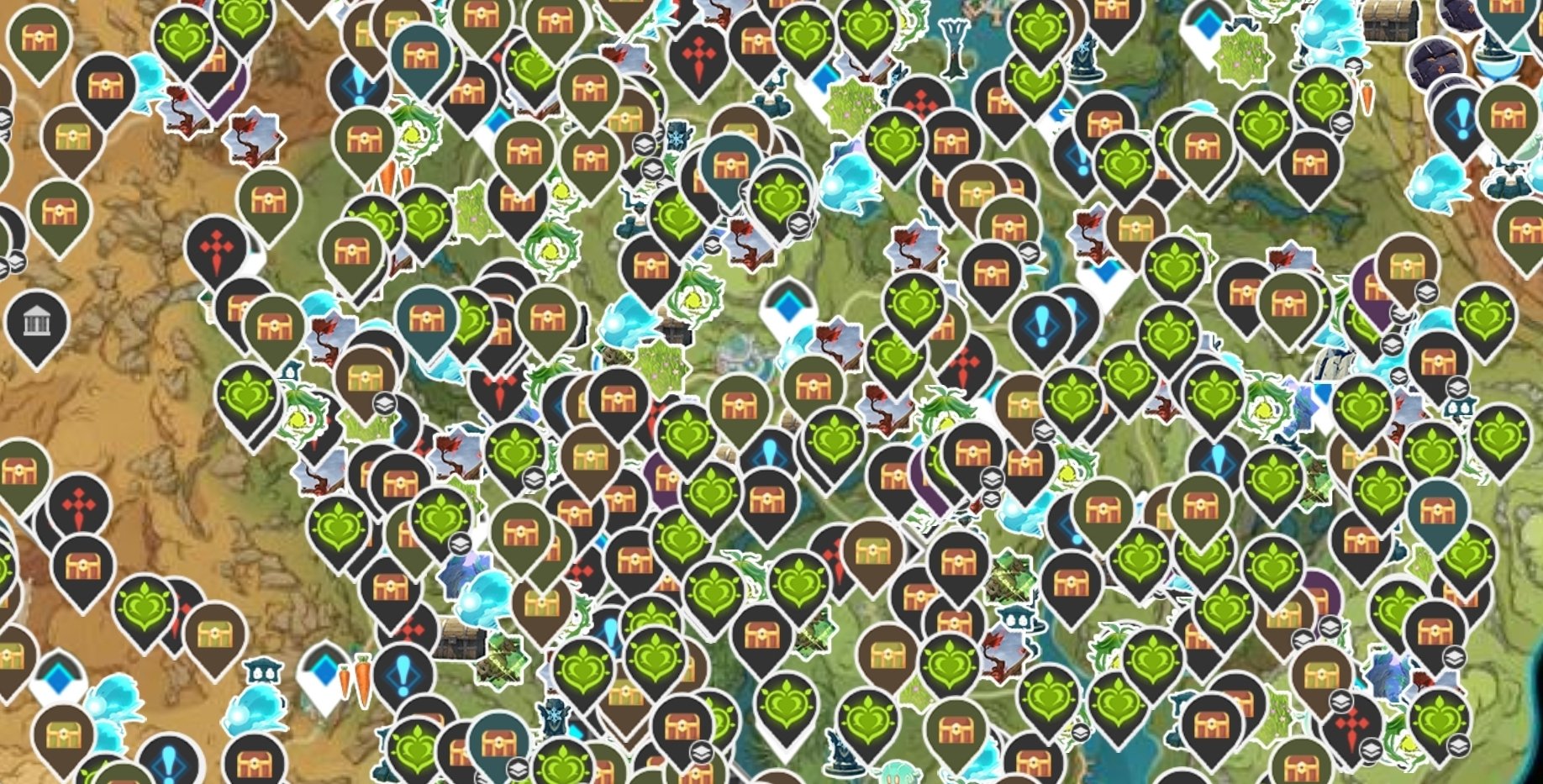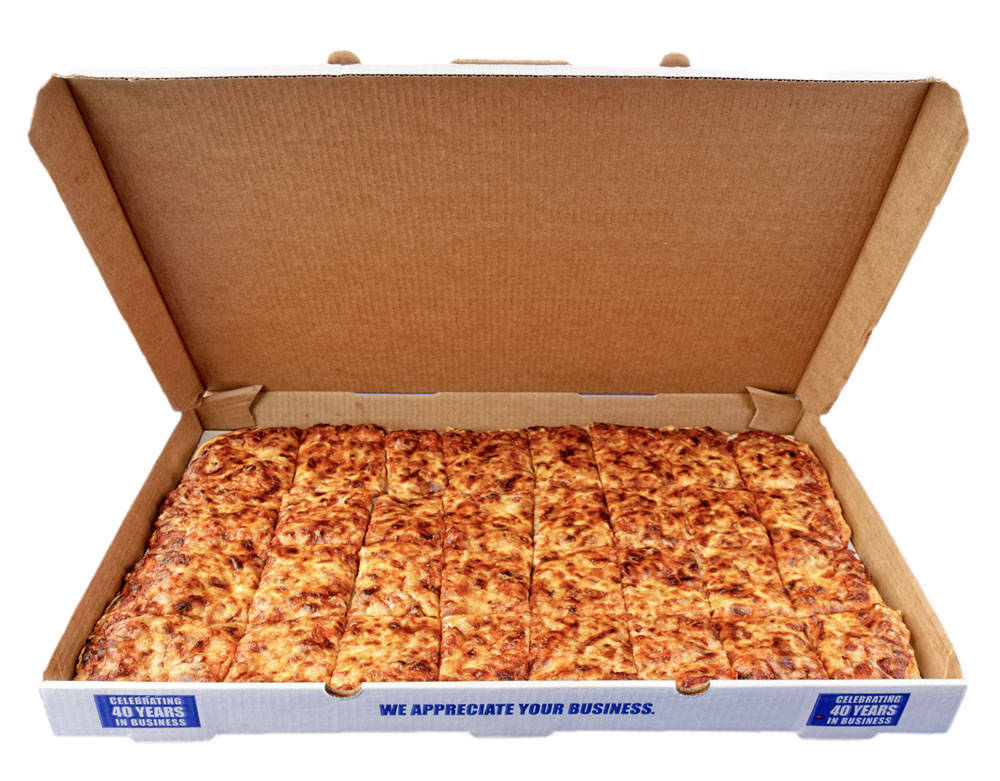

TSMC hates this one easy trick!


TSMC hates this one easy trick!


I realized this idea long, long ago, when Rare made Banjo-Tooie.
Banjo-Kazooie was a fun game. You unlock worlds, go to the world, collect 100% of all there is to collect, then continue.
Banjo-Tooie, its sequel, wanted to be bigger and better in every way. Sprawling open world hub, much larger worlds with more sub-zones, interconnectivity between worlds, more things to unlock, more things to do, etc. etc.
And I think, despite having so much more, it was a worse game for it. You go to a new world but find there’s a lot you can’t do yet because you didn’t unlock an ability that comes later on. You push a button in one world and then something happens in another, but now you have to backtrack through the sprawling overworld and large world maps to get there.
And this was just a pair of games made for the Nintendo 64, before the concept of “open world” had really even taken off.
But it demonstrated to me that bigger was not always better, and having more to do did not make it a better game if it wasn’t as enjoyable.
Early open world games were fairly small, and the natural desire for people who have seen everything becomes “I wish there was more,” but in practice it ends up typically being that they take the same amount of stuff and divide it up over a larger area, or they fill the world with tedium just for the sake of having something to do.
When looking at the collectibles and activities on a world map like Genshin Impact, it’s basically sensory overload with how much there is to do.

But almost all of that is garbage. And this is just a fraction of one region among several. Go here, do this time trial, shoot these balloons, follow this spirit, solve this logic puzzle, and then loot your pittance of gatcha currency so you can try to win your next waifu or husbando before time runs out.
And don’t forget to do your dailies!
If a game has a large world, it needs to act in service to its design. It needs to be fun to exist in and travel through, not tedious. It needs to have enough stuff to do that keep it from feeling empty, but not so much stuff that it makes it hard to find anything worthwhile. And it needs to give enough ability for the player to make their own fun, to act as the balance on that tightrope walk between not-enough and too-much.
Breath of the Wild/Tears of the Kingdom are the most recent games that seemed to properly scratch an open world itch for me. While they weren’t perfect, the way they managed to really incorporate the open world as its own sort of puzzle to solve, in ways that Genshin Impact failed to properly emulate, made them more enjoyable as an open world than most other games in that genre I’ve played in recent memory.


But then those sorts of countries usually have law enforcement that likes taking large amounts of “financial incentives” to do whatever a company like Nintendo wants them to do.


Well…you’re not wrong.
It’s the specialized tools you’ll also need to do all of that that’ll get you, though.


Just build one, cheaper to boot.
Coming into a thread that has nothing to do with politics and using it to soapbox your political superiority is still kinda cringe, ngl.


In a world that is controlled almost entirely by heteronormativity, policing straight representation in a queer-friendly game made by a queer developer does not seem like an equivalent situation at all.


Caught me before I was able to edit! I thought about it for a second and decided that estimate was too high.
10 people is what I would usually say is a normal amount, maybe variable depending on how hungry people arrive and if there are any other dishes to snack on at whatever hypothetical party this is.
I can only eat 3-4 slices at most before I get full, but my appetite isn’t the biggest.
Usually what ends up happening is that I still order a party pizza for a group of 5 or so people and then end up with leftovers for a few days. Just can’t beat the surface-to-crust ratio.


A party pizza is basically what it sounds like, a pizza meant to feed a party of 10 or more people.
They usually look like this, a large rectangle cut into squares. Each square is about the width of your palm between your wrist and your fingers.



I mean it’s just the cake equivalent of a party pizza. It’s not made any differently than any other sponge cake, it just uses a larger square sheet to bake in than smaller round cake pans.

Most third-party Lemmy apps other than Jerboa contain some form of keyword filtering. Boost, Sync, Voyager, Eternity, and more. Mlem as well if you expand to iOS.
Sadly though I don’t think any of the popular desktop frontends support filtering. I don’t see it in Alexandrite, and I checked Photon and mlmym as well and also see nothing indicating that is a possibility.


Filed before, updated and approved after.


There were several. Why didn’t these hypothetical single-issue Trump supporters vote for Cornel West or Claudia de la Cruz if their priority is narrowing the income gap? Even Harris promised to implement at least a billionaire tax.


If people were pissed about income inequality, they’d vote for the “tax the rich” candidates. Donald Trump’s agenda is the exact opposite about that.


I think there are two separate but related metrics at play here. Addressing income inequality would certainly go a long way towards improving quality of life for the working class, but Americans don’t care about someone having too much money as much as they care about having too little themselves.
Despite large movements like Occupy Wall Street bringing the topic of income inequality to the forefront of news for a while, the fact that it petered out and has ceased to be an issue means that enough members of the working class were still contented enough by their bread and circuses, so nothing came of it.
These voters don’t care if their CEO gets a $10 million bonus at the end of the year as long as they can still afford groceries and housing, but they do start to care a lot when they don’t. Only, blame is being directed at the government (inflated cost of living) rather than their rich bosses (wage stagnation).


Do you have figures that include 2024? That data seems to stop at 2021. Not saying you’re wrong but the picture being painted is just Biden’s first year as president during the height of the pandemic.
Comparing things like rates of inflation and the consumer price index, we see the numbers drop dramatically within the past two years, which seems to have been improving cost of living somewhat (or, ruining less quickly, at least) for the average American, though there is still a lot more to be done.


Part of me blames the collective memory loss of the COVID years and a complete lack of understanding of cause and effect.
It’s like everyone forgot there was this massive global pandemic which absolutely killed entire industries. And even though the important parts were propped up during the lean times by government support, that support ended eventually, with the economy still a mess that couldn’t just be put back together like nothing happened.
I mean, people at that time didn’t even have a concept of what was going on. They have no idea how much money was spent keeping the lights on. People lost their shit over the billions it would cost to forgive student loans, but had no idea how many more billions were already spent on—and abused by—businesses whose pandemic loans were forgiven by the government.
Everyone forgot the pandemic was only as bad as it was in the US because it was so completely mishandled by the Trump administration. We could have had everything back to normal a lot sooner if there was even a little bit of national preparedness, not to mention if we didn’t have all the misinformation spread by his own administration.
So when the economy went to shit in 2021-2022 during the Biden administration, people shrugged their shoulders and put the blame on the old man in the white house, despite the fact that it’s been on a recovery trend during this last year. And so Trump’s first year is going to start with stronger markets, he’ll get the credit, and then things will get worse just in time for someone else to take the blame for it.


Sacred Indian living grounds with a few burial grounds here and there.


Massachusetts passed an unprecedented measure allowing ride share drivers to unionize.
80’s’n’t